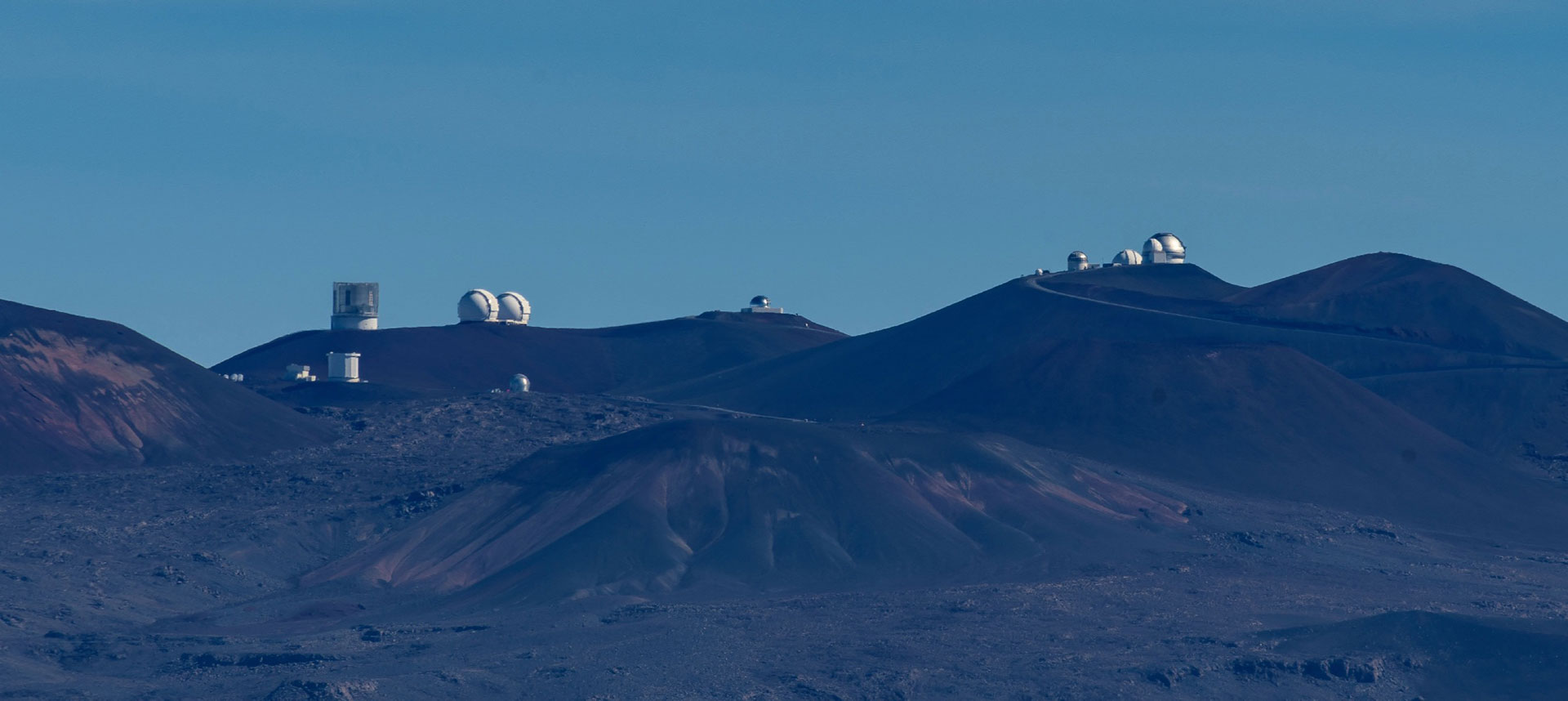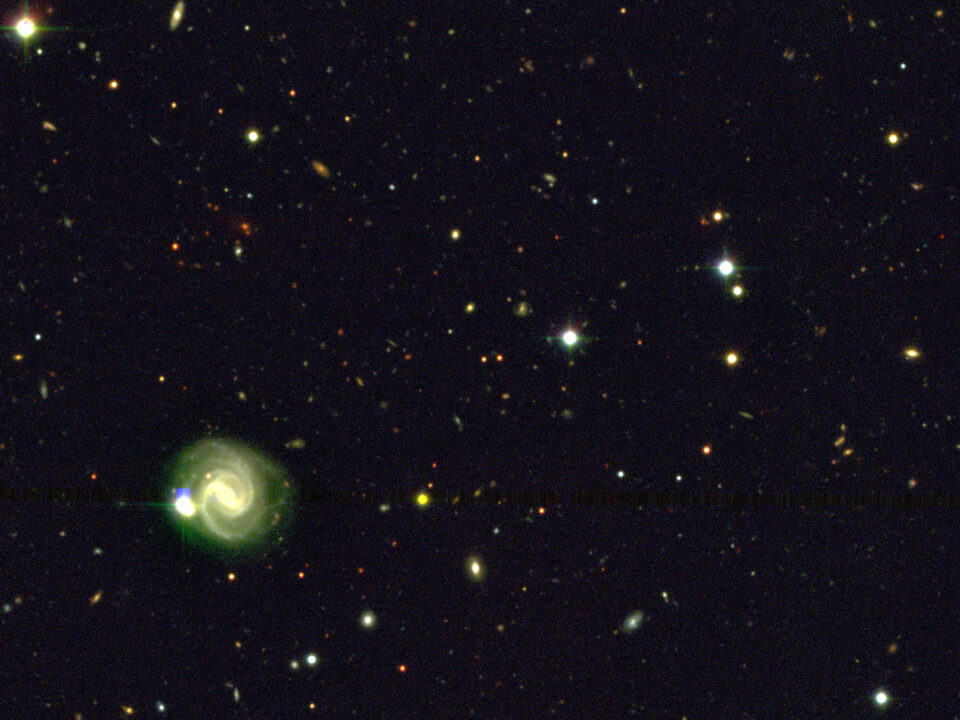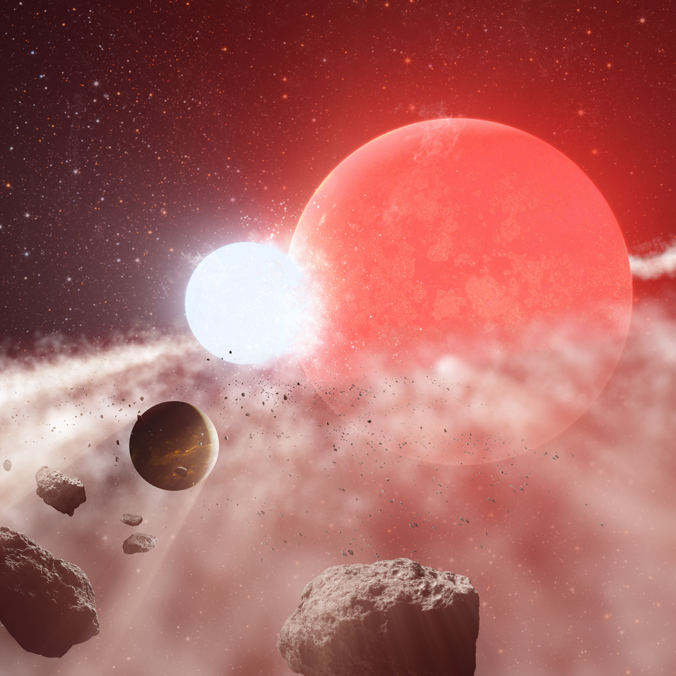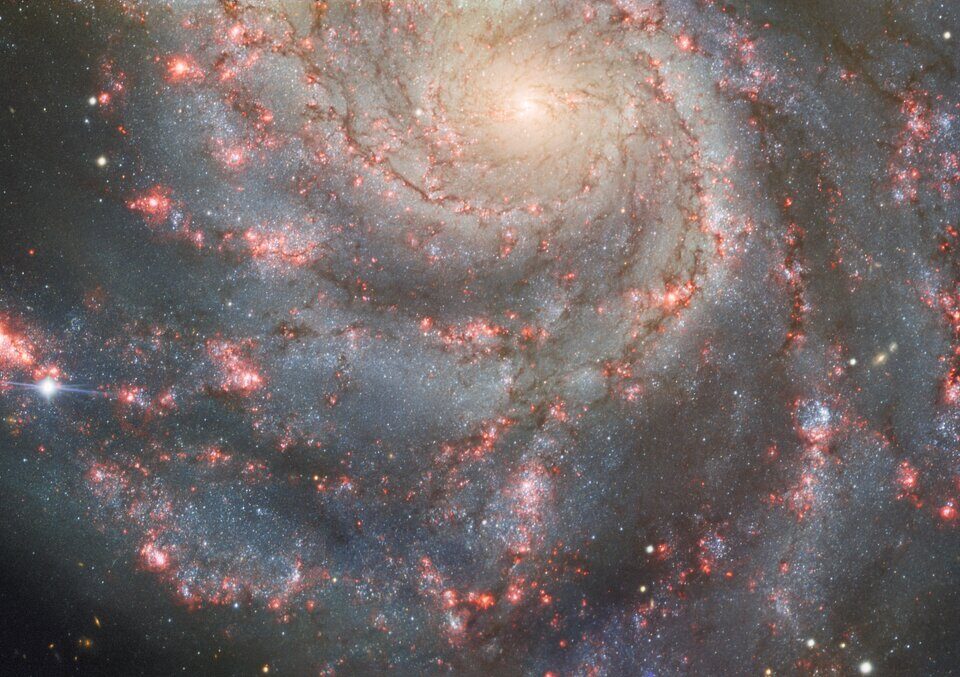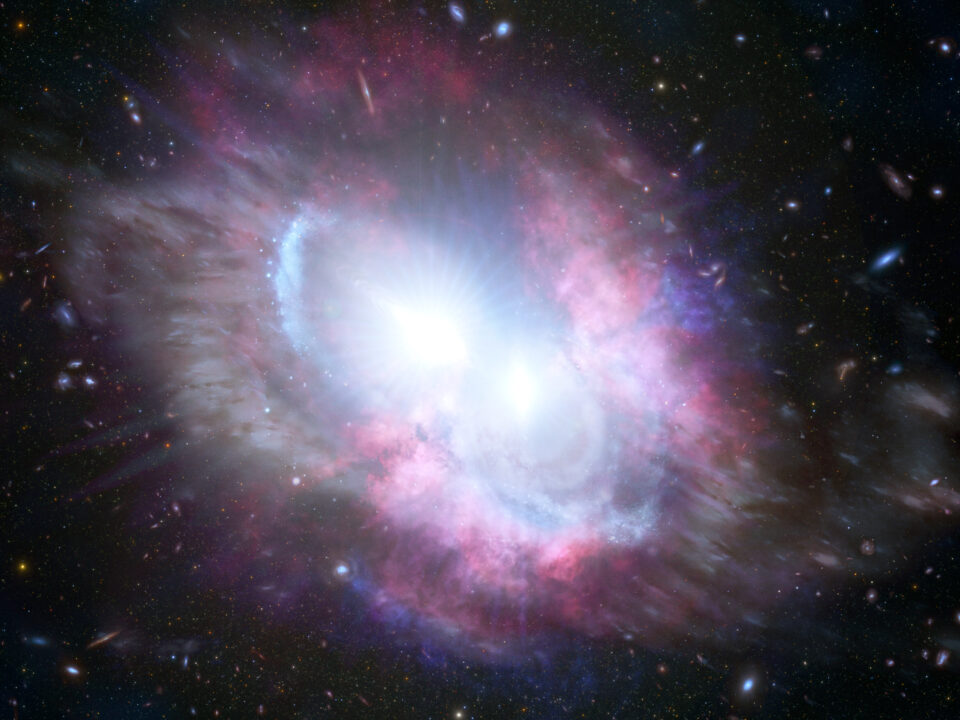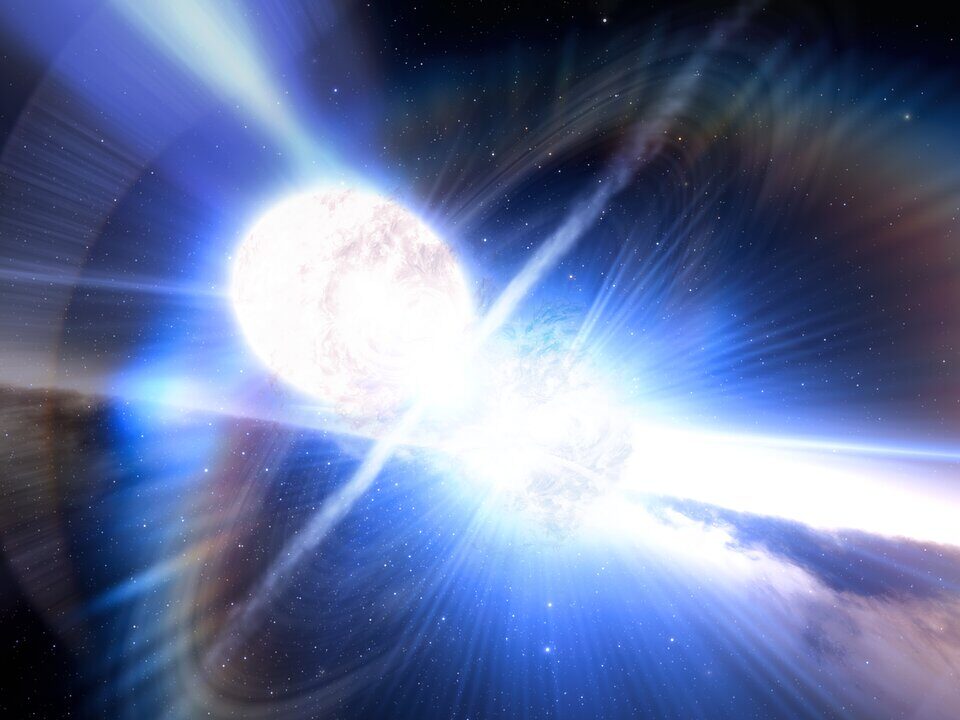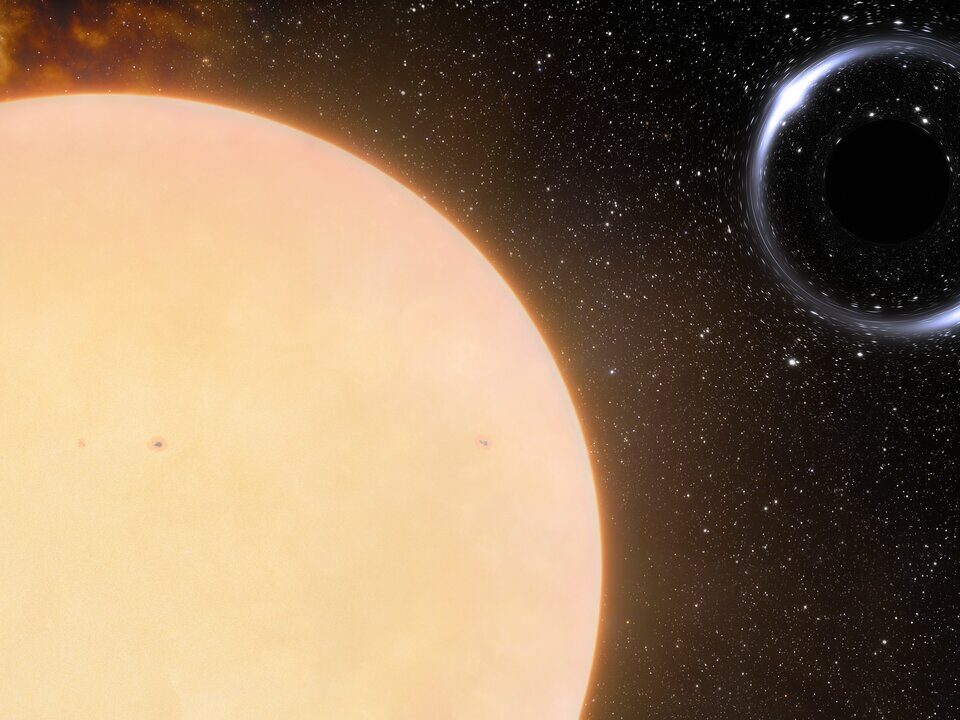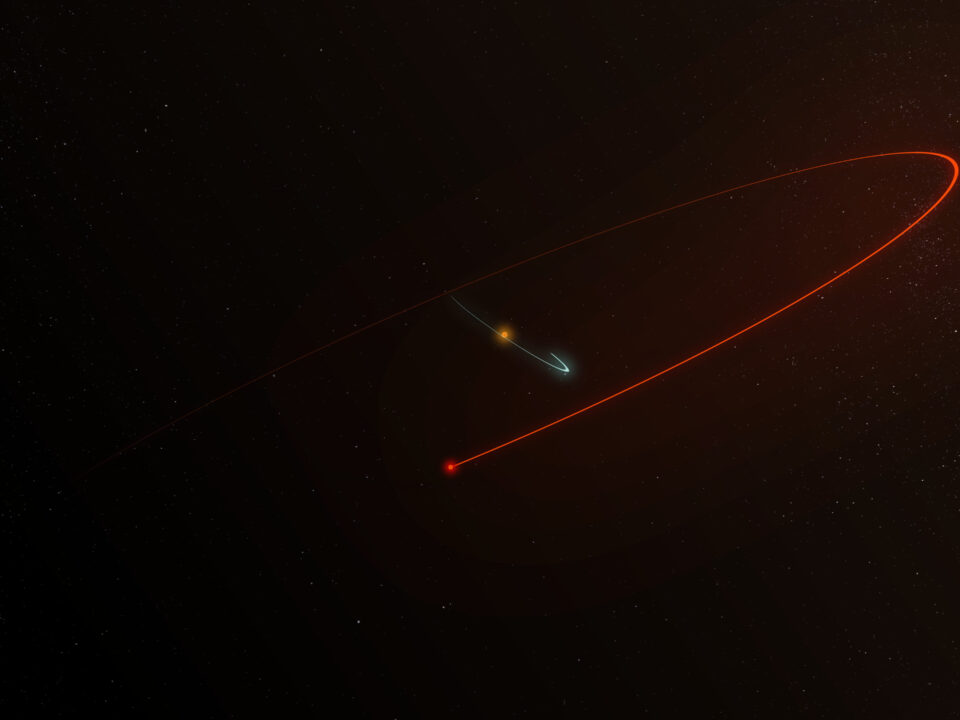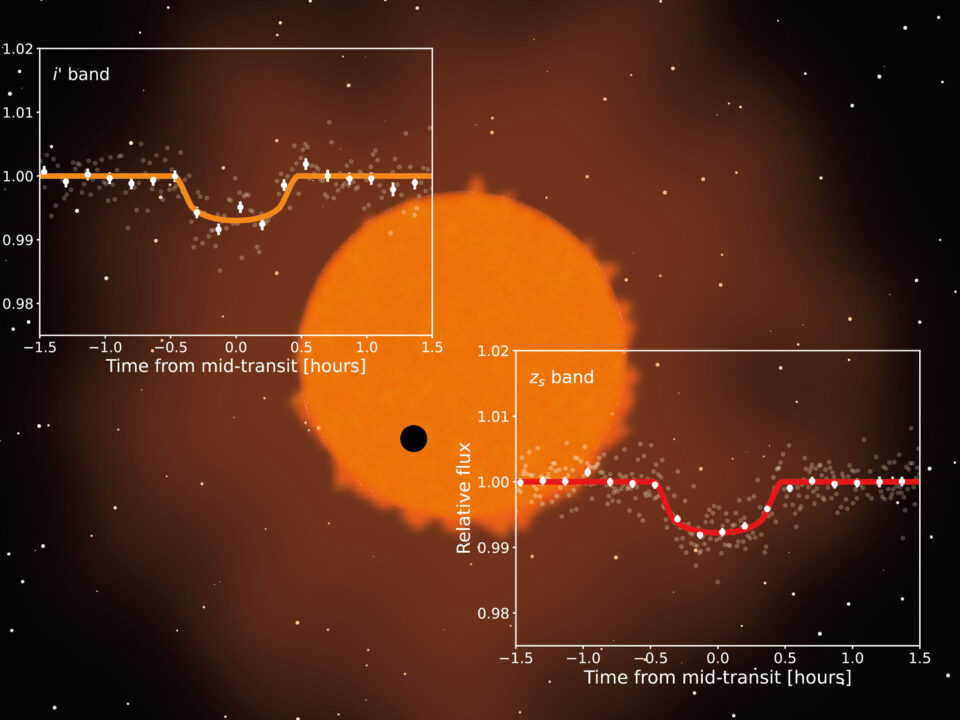the latest news from the maunakea observatories
Sign up for our newsletter, so you won’t miss a single update.
Andrea Ghez Wins Nobel Prize In Physics
Dr. Andrea Ghez, an astrophysicist at UCLA who has been observing the Galactic Center from Maunakea for over two decades, has won the 2020 Nobel Prize in Physics. She is honored for her pioneering work using W. M. Keck Observatory to provide conclusive experimental evidence of a supermassive black hole with the mass of four million suns residing at the center of our Milky Way galaxy.
June 17, 2024
Observations with the Gemini North telescope aid in the discovery of the most distant pair of merging quasars, seen only 900 million years after the Big Bang With the help of the powerful GNIRS instrument on the Gemini North telescope, one half of the International Gemini Observatory, supported in part by the U.S. National Science Foundation and operated by NSF […]
July 5, 2023
Astronomers from the University of Hawaiʻi Institute for Astronomy (UH IfA) have made the remarkable discovery of a planet’s survival after what should have been certain doom at the hands of its sun. The Jupiter-like planet, known as 8 UMi b, but officially named Halla, orbits the red giant star Baekdu (8 UMi) at only half the distance separating the […]
June 13, 2023
Gemini North, part of the International Gemini Observatory operated by NSF’s NOIRLab, is back to observing the night sky following an accident with its primary mirror in late 2022. The telescope’s debut observation captured the supernova dubbed SN 2023ixf, which was discovered on 19 May 2023 by Japanese astronomer Koichi Itagaki. This dazzling point of light, the closest supernova seen […]
April 6, 2023
Astronomers using the Gemini North and Keck telescopes, on Maunakea, have discovered two Quasars that are on the verge of merging to produce a giant elliptical galaxy. These quasars are thought to have formed when the Universe was a mere 3 billion years old. Seeing two such quasars in the process of merging is rare, let alone catching them in […]
January 4, 2023
Fillowup observations of an explosive collision involving neutron stars by two Maunakea observatories reveals that a so-called “long gamma-ray burst” (originally detected from an observatory in Earth orbit) upends our understanding of the origin of these extraordinary events. Read more, in the W.M.Keck Observatory and International Gemini Observatory/NOIRLab press releases.
November 14, 2022
Using two Maunakea Observatories to follow up a star’s tiny wobbling motion detected by the orbiting Gaia satellite, astronomers have located the nearest black hole to the Sun. At 1600 light years, Gaia BH1, a companion to a Sun-like star, is some three times closer than the previous record holder, and appears to pose some interesting challenges for our understanding […]
October 19, 2022
Combining the signal from the VLBA dish on Maunakea with identical dishes across and beyond the continental US, astronomers have created the first ever three-dimensional view of the orbit of a Jupiter-like planet in a binary star system. Read more and see a video of the orbit, in the VLBA press release.


